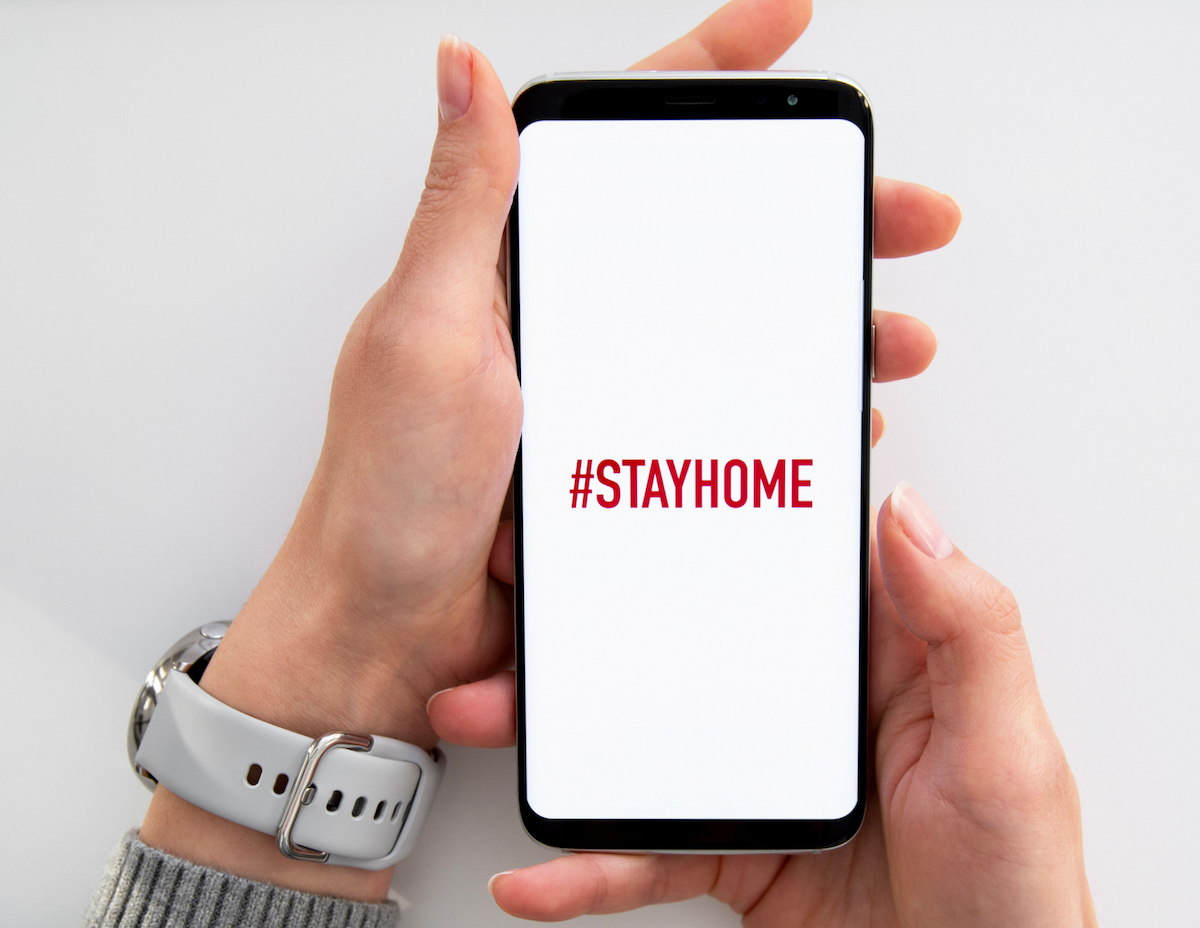We appear to have a problem with risk communication in Canada.
Last Monday, Ontario’s chief medical officer of health was widely quoted as having said: “I would like to think everybody would be in green, especially for the time of Christmas,” referring to that province’s least stringent set of COVID-19 public health restrictions, according to the colour-coded framework introduced a couple of weeks ago.
A day later, Ontario’s health minister said: “I don’t think it’s something that we can count on at this point.”
Such inconsistencies reflect more than a divergence in holiday cheer. They reflect a failure to apply one of the most basic risk communication principles of supplying audiences with consistent and clear messages. And Ontario isn’t alone.
Manitoba’s premier attracted controversy with the recent decision to hire a private security firm to enforce provincial public health orders after stating just a few weeks before: “A government can't protect you from this virus, you have to protect each other,” suggesting that citizens were the ones primarily responsible for managing COVID-19 risks.
So what is risk communication, and how can it be leveraged to improve a government’s pandemic response?
Risk communication in its simplest form is the communication or dissemination of information about risks. It is often deployed during a crisis or other situation when some danger, either real or perceived, fuels widespread public concern.
It is not a new field of research. In fact, it emerged in the 1970s as a way for scientific experts and government decision-makers to address an increase in public fears over environmental pollution, such as toxic dump sites and disasters like the Three Mile Island nuclear accident.
We have come a long way since then in refining our approaches to risk communication and developing best practices based on years of experience. Perhaps, then, it is surprising to find an inconsistent, and occasionally non-existent, application of risk communication practices by those leading the COVID-19 response in many Canadian jurisdictions.
During a pandemic, the importance of effective risk communication as it pertains to health risks cannot be understated. When a single individual’s actions (or inactions) can pose a direct risk to the health of numerous others, the risk must be managed. But to undertake risk communication for the sole purpose of educating or informing the public about the risks of a health hazard would be a misguided approach.
After all, if a shortage of information on risks was the only thing that stopped people from making less risky decisions, tobacco companies would have long gone bankrupt. Instead, the key to communicating risks effectively also rests on the engagement and involvement of the public to take actions and adopt risk-reducing behaviours and, increasingly, on the perceived transparency and credibility of leaders and risk communicators.
Early on in the COVID-19 outbreak, public health officials leading most of the communication responses largely focused their risk communication efforts on disseminating information on the virus, its transmission and how to prevent its spread. While the risks were uncertain and still evolving, public health officials across Canada tried to keep the public updated on risks as new evidence emerged.
That was fine then. But once risks to health increased exponentially with greater community transmission, messages from political leaders (who began to lead the pandemic response in many provinces) containing clear instructions and consistent explanations of risks were less apparent. So, what are some ways to improve risk communication?
Firstly, risk communication requires a communicator, one consistent lead spokesperson, ideally with expertise in the risk at hand, or some prior training in the handling of a public health crisis in this case. When a lead communicator shows agreement with experts and other officials, and emphasizes co-ordination between them, all the better.
The lead communicator should be honest about the costs incurred with certain government decisions, what is known and unknown about the risk, and should provide a timeline of events whenever possible. Displaying authentic empathy and compassion is important in establishing openness and acknowledging the public’s concerns.
These are not just gimmicks, these practices can foster more transparency, build public trust and increase the credibility of those leading the response.
Secondly, risk communication requires the careful crafting of messages. Tailoring communications to specific audiences in specific areas is a way to make sure those audiences are receiving relevant information on risks actually present in their community. Journalist Matt Gurney recently suggested we could rely on local news outlets to deliver locally relevant public-health messaging. He’s not wrong for pointing out the lack of targeted messaging for areas experiencing higher health risks.
Additionally, messages that address the uncertainty of a situation can help the public come to terms with fluid or evolving risks, and studies have also shown that discussing the management of risks over longer time periods is more likely to lead to the adoption of less risky behaviours. Using language that accommodates various learning styles and levels of knowledge around health, by incorporating both textual and numeric descriptions of risk frequencies, for example, makes the message more accessible to a wider audience.
The stakes have never been higher. With so much information and misinformation available these days on COVID-19, ineffective risk communication may lead to a disengaged or skeptic population that seeks information from less credible sources. While government leaders across many Canadian jurisdictions continue to scrutinize the grim forecasts of COVID-19 infection rates, despite the efficient systems of colours displayed, what if leaders also took the time to effectively communicate the risks they pose?
Despite all that we know about risk communication and how impactful it can be, researchers like myself are still learning a lot about how it can be best applied in today’s context, decades after its original inception.
For one thing, newer communication mediums like social media and other online forums have changed the way that many individuals interact with information. And as we look towards what comes next in a post-pandemic world, risk communication will continue to be an important tool for health promotion.
If you’d like to learn more about the kind of research we do or you’d like to help us learn how to improve the communication of health risks, please consider participating in our research study based at McMaster University. Using an anonymous online experiment, we’re exploring how health risks are perceived and understood by different people, so that we can develop improved tools for health messaging.
Cathy Slavik is a PhD candidate in health geography at McMaster University.






Comments